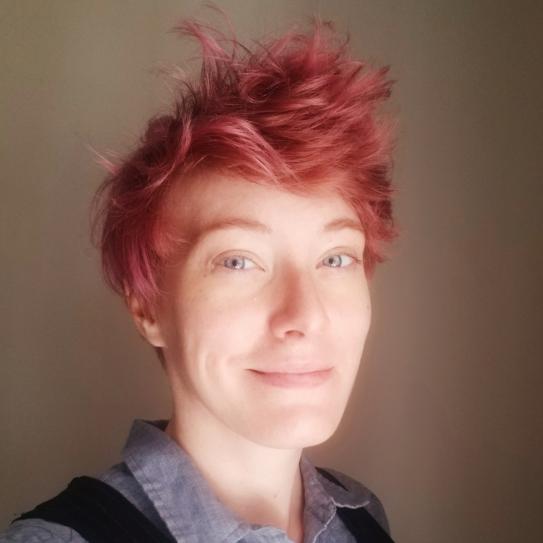Caitlin Gebhard

What does it mean to you to be an engineer?
Engineers build physical or digital artifacts, and they need designers like me to aid in that process.
How is your field being redefined for today and tomorrow’s needs? What contributions do you hope to make to this redefined landscape?
The Americans with Disabilities Act (ADA), which guarantees equal opportunity for people with disabilities in public accommodations, employment, transportation, government services, and telecommunications, was signed into law in 1990. Designers have been thinking about the concept of accessibility for a few decades now, and the field is constantly evolving to keep up with the world. Accessibility has become more visible in tech and as a social justice issue, but there is still a long way to go.
I’m most interested in working in the area of accessibility in education. Now that so much teaching is being done online, there are a lot of opportunities to make materials and practices more accessible and inclusive to more people. That can only be improved if educational platforms, materials, and teaching methods are re-designed. Education is the foundation of everything, so when it works well, it has a ripple effect outwards to the rest of the world.
How did NYU Tandon help you redefine yourself?
Having the skills I developed at Tandon means having the power to make needed change. I can point to a course I took with Beth Simone Noveck, the founder of NYU Tandon’s GovLab, which is dedicated to using data and technology to improve how governments work. I later helped her develop Solving Public Problems, a free, online program that lets ordinary people develop the skills they need to make a difference in their own communities. I also took a course on Community Resilience with Benedetta Piantella and Elizabeth Henaff, in which I learned how communities are making change and building resilience today, and how I could contribute to that resilience tomorrow.

